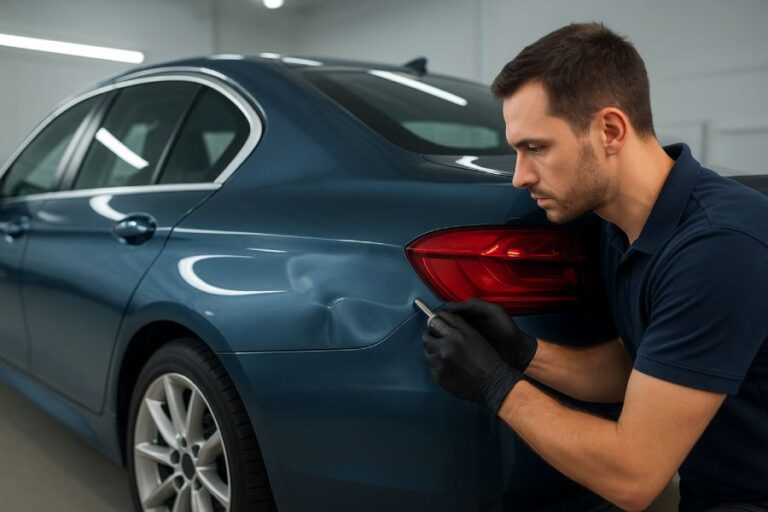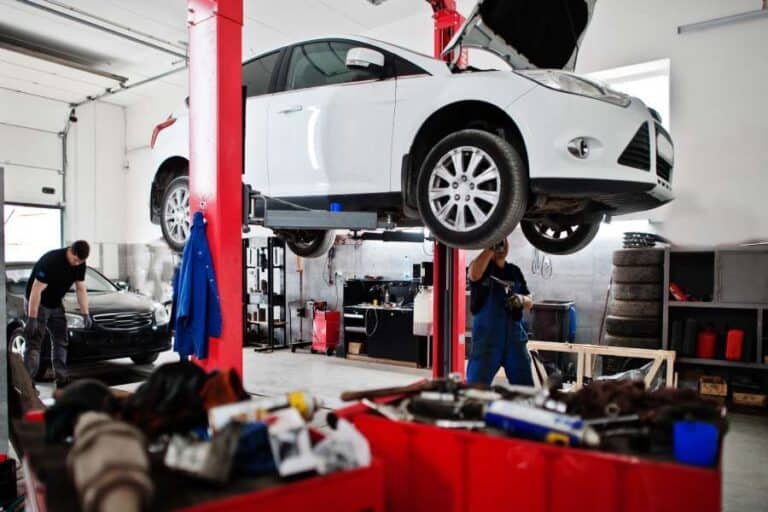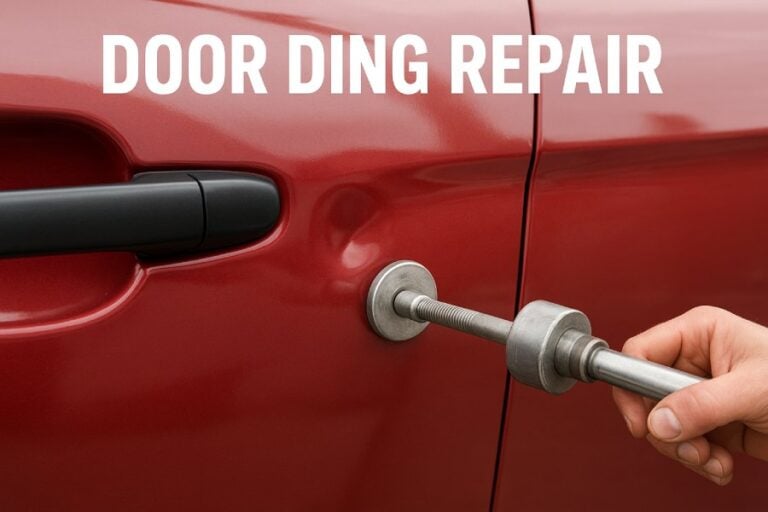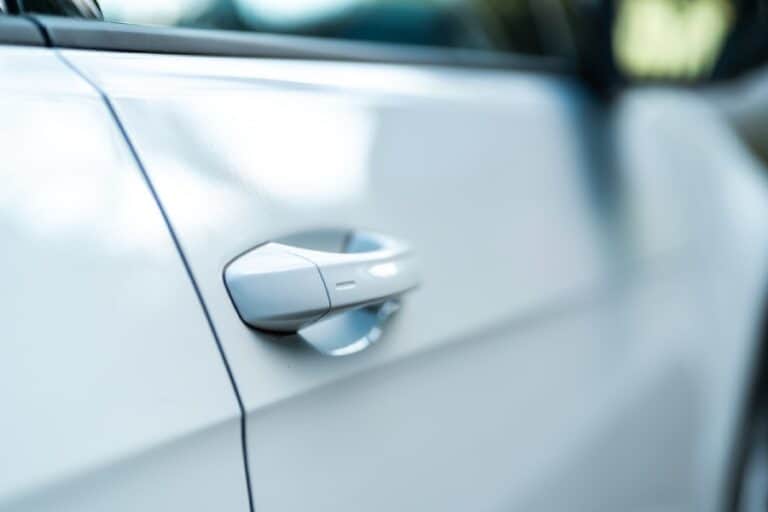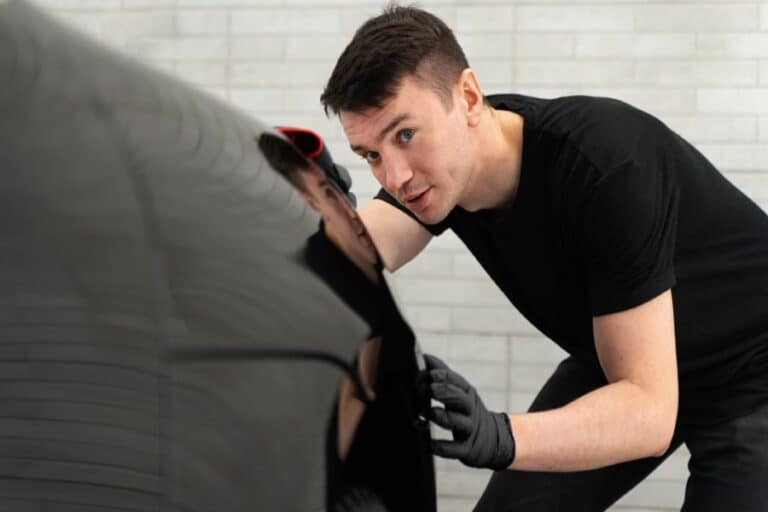Hail Damage? Here’s Why You Shouldn’t Wait To Get Your Car Repaired In Idaho
Hail damage can be a nightmare for car owners in Idaho. An unexpected hailstorm can wreak havoc on your vehicle, leaving it riddled with dents and potential internal issues. What’s worse is that many people tend to overlook or delay hail damage repair Boise, primarily due to the misconception that it’s merely cosmetic. However, putting off the repairs can result in further damage, the decline in the vehicle’s value, and even safety concerns.
Understanding Hail Damage
Hail damage is more than just an aesthetic problem. It’s a serious concern that can affect your vehicle’s performance and safety.
Hail damage is caused by the impact of hailstones, which are frozen precipitation that can vary in size from tiny pebbles to the size of a golf ball or even bigger. These hailstones fall from storm clouds at high speeds, and their impact can cause various types of damage to your vehicle. The severity of the damage largely depends on the size of the hailstones, the velocity at which they fall, and the amount of time your vehicle is exposed to the storm.
Common Signs of Hail Damage
While hail damage can manifest in various ways, here are some common signs to look out for:
- Dents: The most obvious sign of hail damage is dents on the body of your car. These can vary in size and intensity depending on the hailstone’s size that caused them.
- Cracked Windshield: Hailstones can also crack or shatter your car’s windshield, windows, or mirrors.
- Paint Damage: If your vehicle is hit hard enough, the hailstones can chip the paint off your car, exposing the metal underneath.
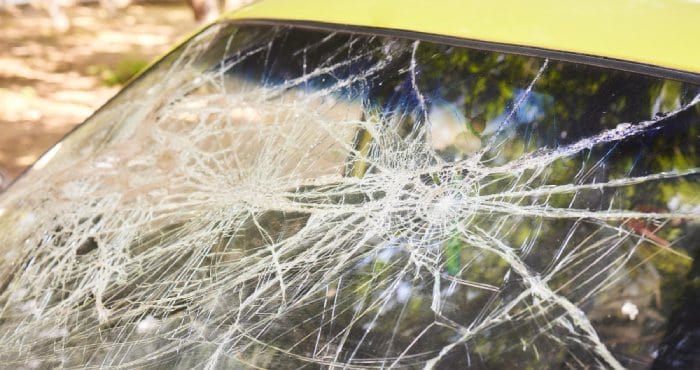
Types of Damage
Hail can inflict various types of damage to your vehicle, including:
- Cosmetic Damage: This is the most apparent type of hail damage and includes dents and chipped paint. Cosmetic damage primarily affects the exterior appearance of your car and can reduce its resale value.
- Structural Damage: Severe hailstorms can cause structural damage affecting your vehicle’s framework and alignment.
- Mechanical Damage: In certain cases, hail can also result in mechanical damage, impacting the car’s internal components, which can affect performance and safety.
Why Immediate Repair is Crucial
Delaying the repair of your hail-damaged vehicle can lead to several negative consequences. It’s a risk that can cost you more in the long term.
Preventing Further Damage
Postponing repair allows the damage to worsen over time. For instance, small cracks in the windshield can expand, compromising your car’s structural integrity. Paint chips can lead to rusting if the metal underneath is exposed to the elements for a prolonged period.
Maintaining Vehicle Value
Hail damage can significantly decrease your car’s resale value. Dents and paint chips are easily noticeable and can deter potential buyers. Keeping your car in pristine condition helps maintain its value, and immediate repair after a hailstorm is essential to achieve this.
Safety Concerns
Hail damage can also pose safety risks. For example, a cracked windshield can shatter unexpectedly, causing a safety hazard. Mechanical damage, if not addressed, can result in the vehicle malfunctioning while on the road.
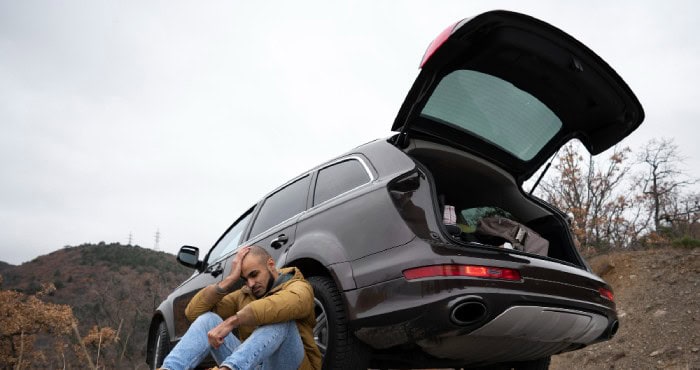
The Repair Process
The repair process for hail-damaged vehicles involves several steps. It’s important to understand these steps to ensure that your vehicle is properly assessed and repaired.
Assessment of Damage
The first step in the repair process is a thorough assessment of the damage. A professional mechanic will inspect your vehicle for signs of hail impact. This inspection will cover both the exterior and interior of the vehicle and look for obvious signs such as dents and chipped paint, as well as more subtle signs of damage like misalignment or internal damage.
It’s important that this assessment is thorough and precise, as the repair process will depend on the severity and type of damage your vehicle has sustained. In some cases, your insurance company may also require a detailed assessment before they approve any repair work.
Repair Techniques
Repairing hail damage involves several techniques depending on the type and extent of the damage.
- Paintless Dent Repair (PDR): This technique is commonly used for small to medium-sized dents. It involves manipulating the metal back into its original position without affecting the car’s factory paint.
- Body Filler or Traditional Repair: For larger dents or severe damage, the dented area may need to be filled with a body filler or even replaced entirely. Afterward, it’s sanded smooth and repainted to match the rest of the vehicle.
- Windshield Repair or Replacement: If the windshield is cracked or shattered, it may be repairable or need to be replaced. The repair decision depends on the size, type, and location of the damage.
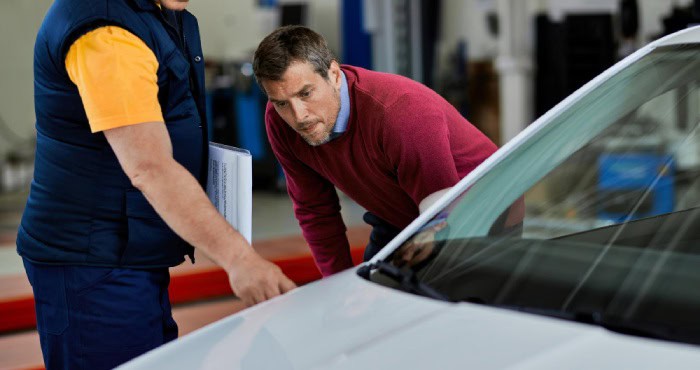
Choosing a Repair Shop
Choosing the right repair shop is crucial. Consider the following factors when choosing a repair shop for your hail-damaged vehicle:
- Certification: Make sure the shop is certified, as this guarantees that the technicians are trained and qualified to perform the repairs.
- Reviews and Ratings: Look at customer reviews and ratings to get an idea of the quality of their work.
- Experience with Hail Damage: Not all body shops have experience with hail damage. Choose a shop that specializes in or has significant experience with this type of damage.
- Warranty: A reliable repair facility will offer a warranty on their work, ensuring that you’re covered if something goes wrong after the repair.
Costs and Insurance Considerations
When your vehicle sustains hail damage, considerations about the cost of repairing this damage and whether your insurance will cover these costs are paramount.
Cost of Repair
The cost of repairing hail damage can vary widely based on the extent of the damage, the type of repair required, and the make and model of your vehicle. Minor hail damage can be fixed relatively inexpensively through methods like paintless dent repair Idaho, but more severe damage may require more costly procedures like part replacement or repainting.
It’s crucial to get a comprehensive quote before proceeding with any repairs. Ensure that your chosen repair shop provides a detailed breakdown of the costs associated with fixing the hail damage.
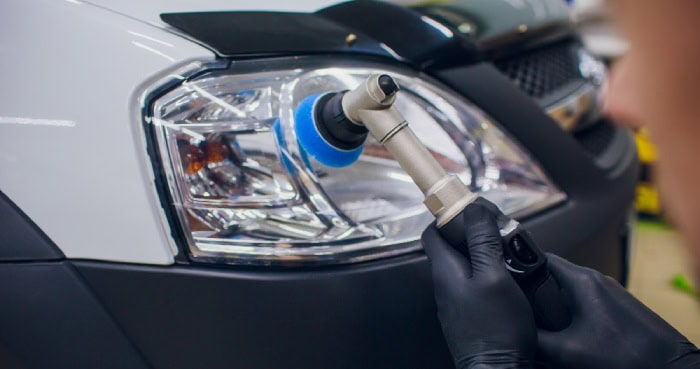
Insurance Claims
In many cases, car insurance policies will cover hail damage, particularly if you have comprehensive coverage. However, it’s important to check your individual policy or speak with your insurance agent to confirm this.
Keep in mind that you’ll generally need to pay a deductible before your insurance coverage kicks in. It’s also important to note that filing a claim for hail damage may affect your insurance rates, depending on your insurer’s policies and your specific coverage.
Tips for Idaho Residents
As an Idaho resident, it’s important to be proactive about protecting your vehicle from hail damage and being prepared in case of an emergency.
Preventative Measures
Whenever possible, park your vehicle undercover, especially during hailstorm forecasts. If undercover parking isn’t available, consider purchasing a hail protection car cover. These padded covers can help protect your vehicle from the impact of hailstones.
Regularly check local weather forecasts, especially if you plan on driving or leaving your car outside. This can help you avoid being caught in a damaging hailstorm.
Emergency Preparedness
Despite your best preventative efforts, you may find yourself caught in a hailstorm while driving. In this case, try to find a covered area to park immediately, such as a gas station or carport.
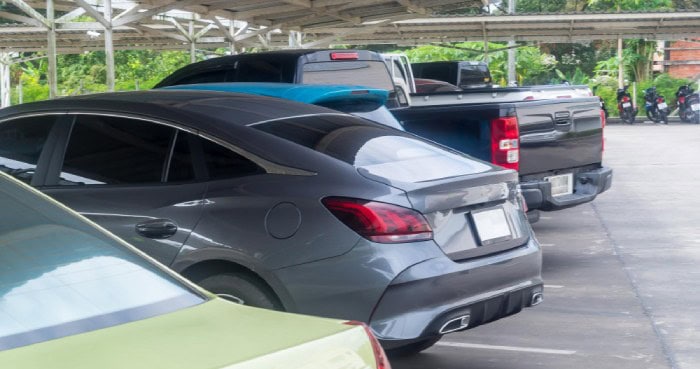
Keep a basic emergency kit in your car that includes items such as a blanket or thick cloth that can be used to cover portions of your car, such as the windshield, in the event of a hailstorm.
In the aftermath of a hailstorm, document any damage to your vehicle for insurance purposes. This includes taking clear and detailed pictures.
Car ownership in Idaho comes with its unique set of challenges given the state’s susceptibility to hailstorms. However, understanding the intricacies of hail damage and repair, being aware of costs and insurance considerations, and being prepared can help mitigate these challenges and protect your vehicle.


